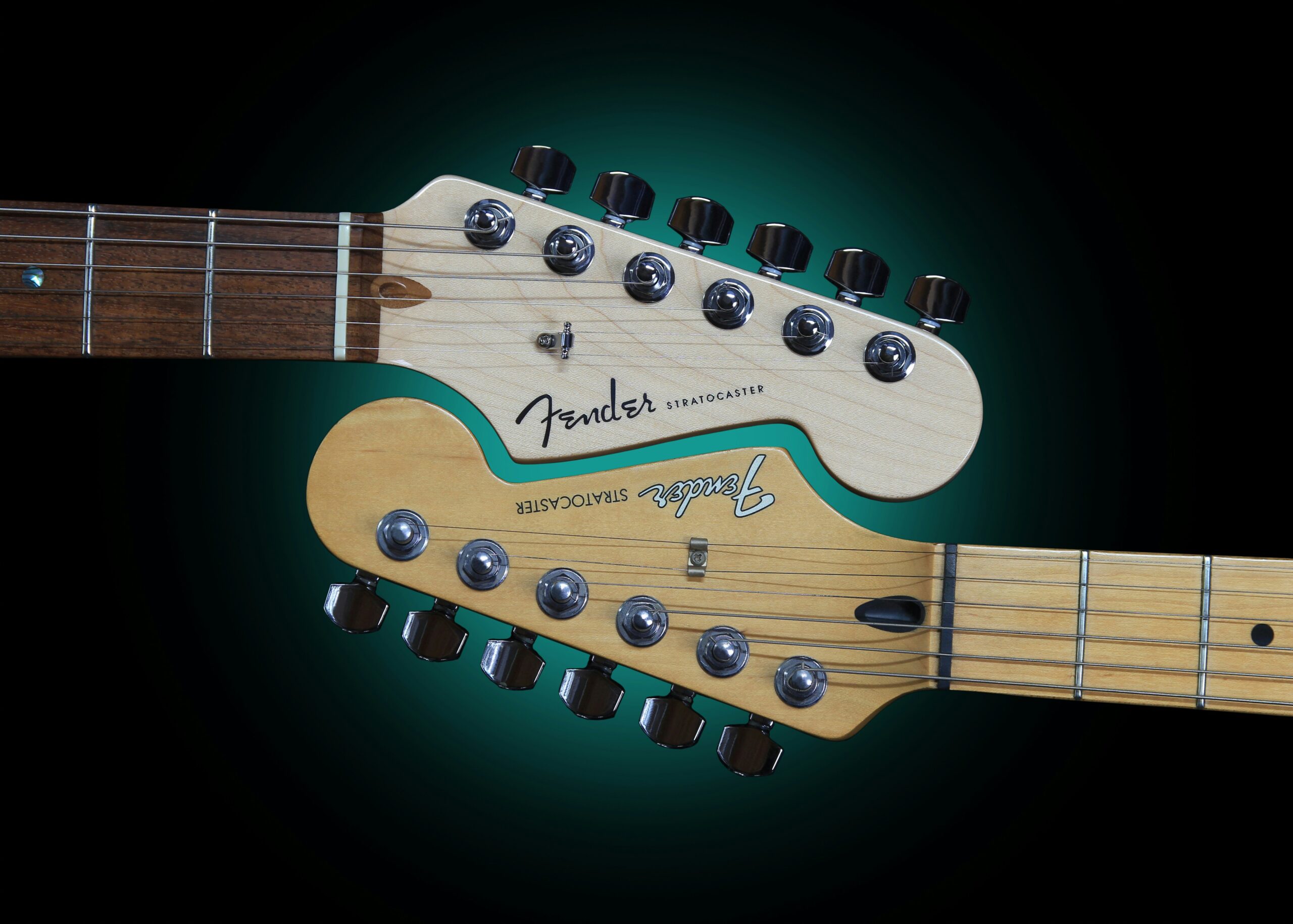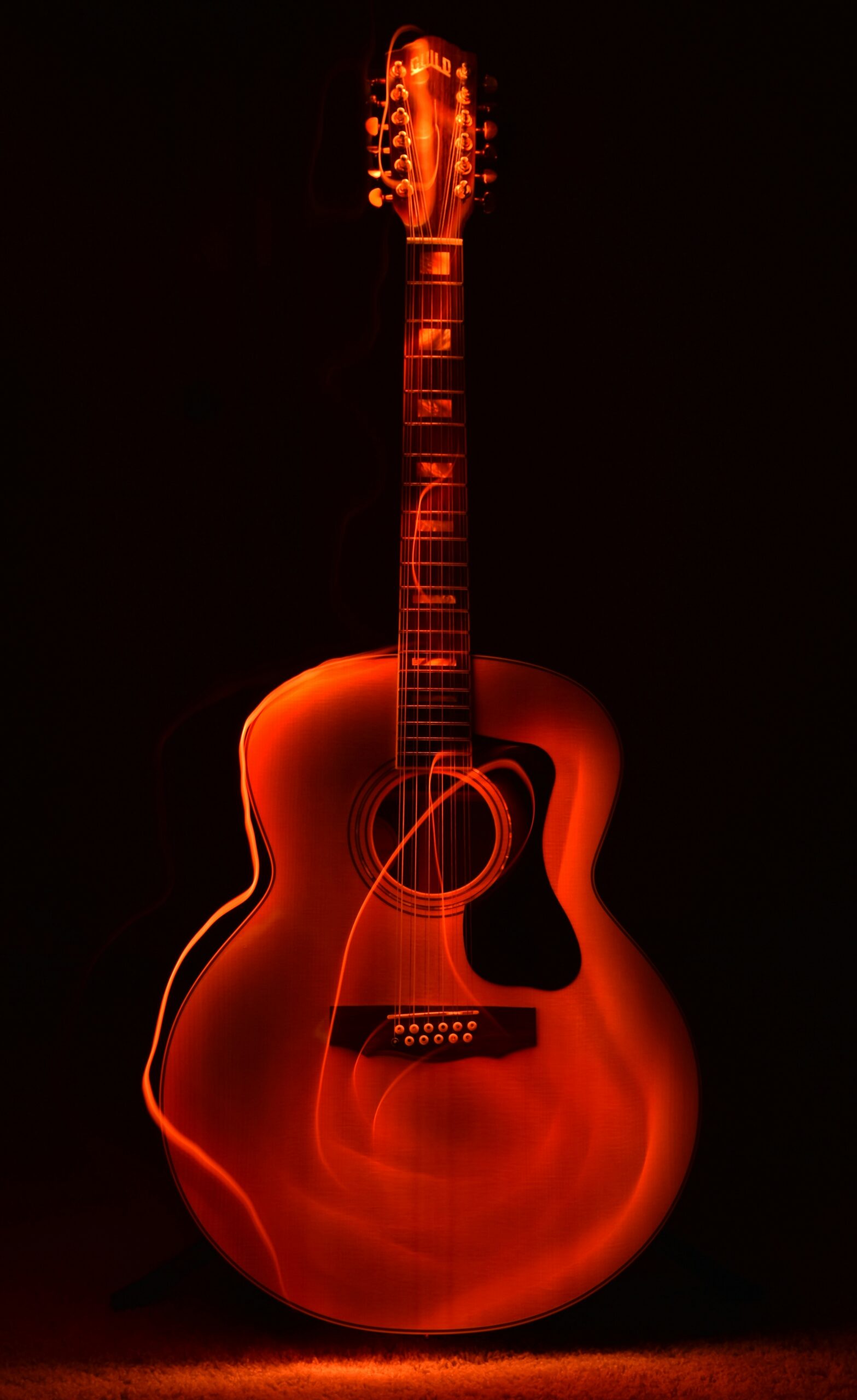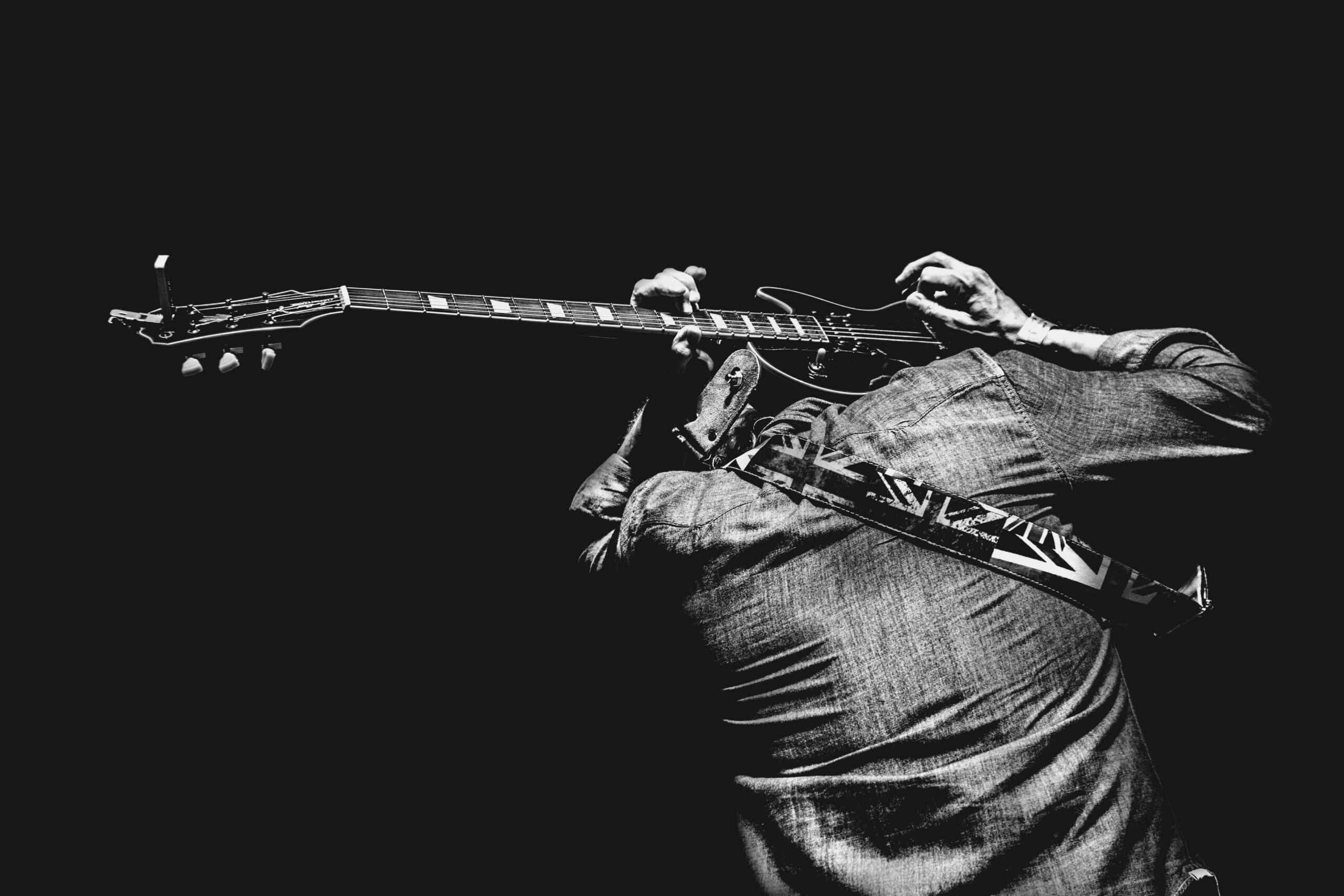Last Updated: 3/22/2025
How did anyone ever learn anything before YouTube?
I mean, I was alive during the last century, so somehow I learned a bunch of stuff. But YouTube makes it much easier, especially when it comes to skill-based tasks like playing the guitar.
A ton of creators have figured this out, too, of course, and the number of channels dedicated to the best instrument in the world has exploded. But some of those channels have risen to the top (at least the top of my list), and I want to share them with you today.
If you are a guitarist looking to get better at your instrument, these are the top 10 channels you should be following.
Rick Beato
Rick Beato is a former college professor, professional musician, and producer. He is a walking encyclopedia of all things music, and he features the guitar in many (perhaps a majority) of his videos. Plus he’s interviewed many of the biggest names in rock and jazz guitar.
I don’t care how much you think you know, you will learn something from every Rick Beato video.
Phillip McKnight
Phillip McKnight has been a guitar nerd since he was in high school. He even owned a guitar store for 13 years until he decided to make YouTube his full-time gig.
Much like Rick Beato, Phil has his own encyclopedic knowledge of guitars and the guitar industry. His videos and live streams are not as well-produced as other channels, but the depth of his content continues to blow me away. If I’m being honest, he is my favorite YouTuber, period.
Rhett Shull
Rhett Shull is an Atlanta-based musician who wanted to make a channel “to teach his 14-year-old self everything he wishes he knew” about the guitar. (Rhett also urged Rick Beato to begin posting videos, so you know he has good taste.)
Rhett offers lots of great advice and gear reviews from the perspective of an active, working musician. I don’t agree with everything he says, but everything he says is incredibly well thought out.
Michael Palmisano
Michael Palmisano is a guitar instructor who has found YouTube fame by reacting to live performances. His typical video features him watching a performance for the first time and dissecting it musically as he goes. If you are looking for music theory applied practically, this is the channel for you.
Elevated Jam Tracks
It’s tough to work on soloing when you’re alone in the living room. You can use a looping pedal if you have a specific chord progression in mind, but for general chops-building, backing tracks are the way to go.
Elevated Jam Tracks have some of the best tracks I’ve heard. Plus, all of the chords are laid out in real time, as well as the scale and note positions. Videos even include sample solos if you need inspiration. The channel prides itself on quality, and it shows.
Music is Win
Tyler Larson is a music school grad turned YouTuber. His videos cover a wide range of topics, from gear reviews to song tutorials to fun and even endearing general entertainment content.
Tyler is an exceptional guitarist, he’s good in front of the camera, he’s creative, and his videos are all well polished. Whether you’re looking to learn or just be entertained, Music is Win has you covered.
samuraiguitarist
Another graduate of a music college, Steve Onotera — aka the Samurai Guitarist — represents the Canadian guitar scene admirably. Much like Tyler Larson, Sammy G’s videos are part entertainment, part learning, and all awesome. He also shows off his dry wit quite often, which I particularly enjoy.
Brandon Acker
It might seem strange to include a classical guitarist on this list, but before you write him off, check out a few of Brandon Acker’s videos. He started his guitar-playing life as a metalhead but then fell in love with the classical guitar. His calm demeanor and ability to explain and demonstrate seemingly archaic music and musical concepts in an engaging manner are what sets his channel apart.
It’s always good to expand your thinking and horizons, and when it comes to the guitar, Brandon Acker will help you do just that.
five watt world
If you’re interested in the history of guitar gear, do yourself a favor and check out five watt world. The channel features tons of mini-documentaries on the history of guitars and those who play them. The man behind the channel, Keith Williams, really does his research, digging up all kinds of obscure yet fascinating facts that will help you level up your own guitar knowledge.
Marty Music
Marty Schwartz, aka Marty Music, is an online guitar teacher. His channel is devoted to detailed lessons on how to play popular rock songs. His content lends itself toward newer players, perhaps those who self-identify as “better than beginner but not quite intermediate.” Regardless, if you’re looking for a guitar tutorial for a specific song, it’s worth your while to see if Marty Music has done it.
I could have listed any number of other channels, but for me — as of today — these are my top 10. I hope you check some — or all — of them out! Likewise, drop me a line in the comments with your favorite guitar-themed YouTube channel. Bonus points if it’s not on my list!
Bonus Channel: Milehouse Studios (Warning: NSFW)
English luthier Paul Richards, the man behind Milehouse Studios, roundly deserves a bonus spot on this list. He is a newcomer to YouTube, but he’s been making guitars (and dirty jokes) for years. What I love the most about Paul that is he makes guitar-building accessible. He has an “if I can do it, anyone can” mentality; plus, he shows you how to get started building and repairing guitars with a minimal amount of specialized tools. If you don’t mind sweary videos, do yourself a favor and subscribe right now.




















